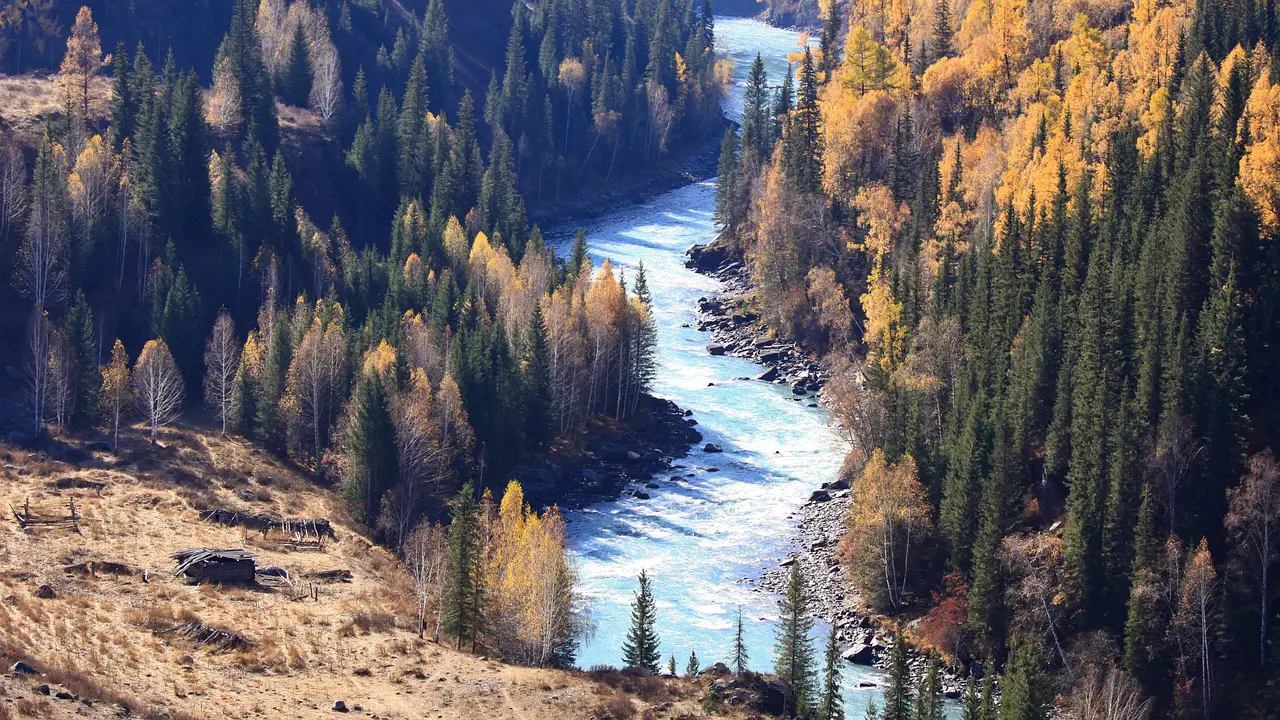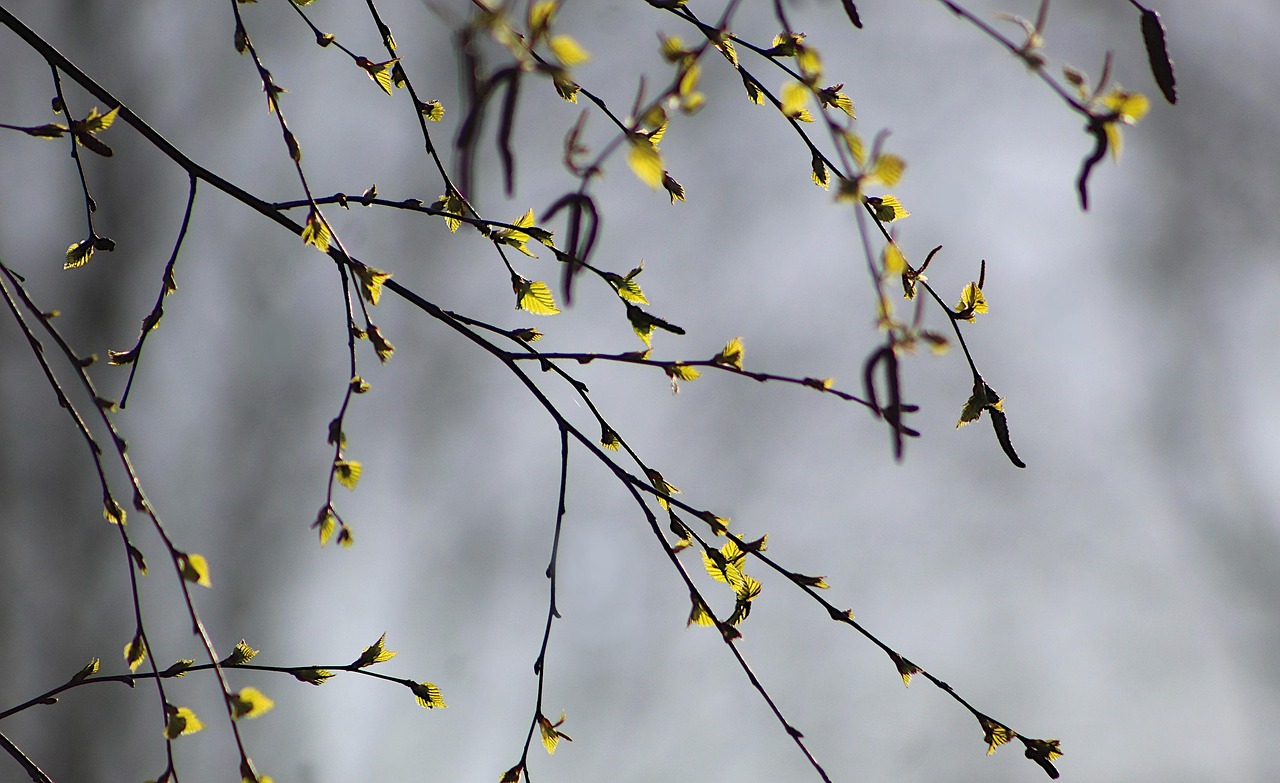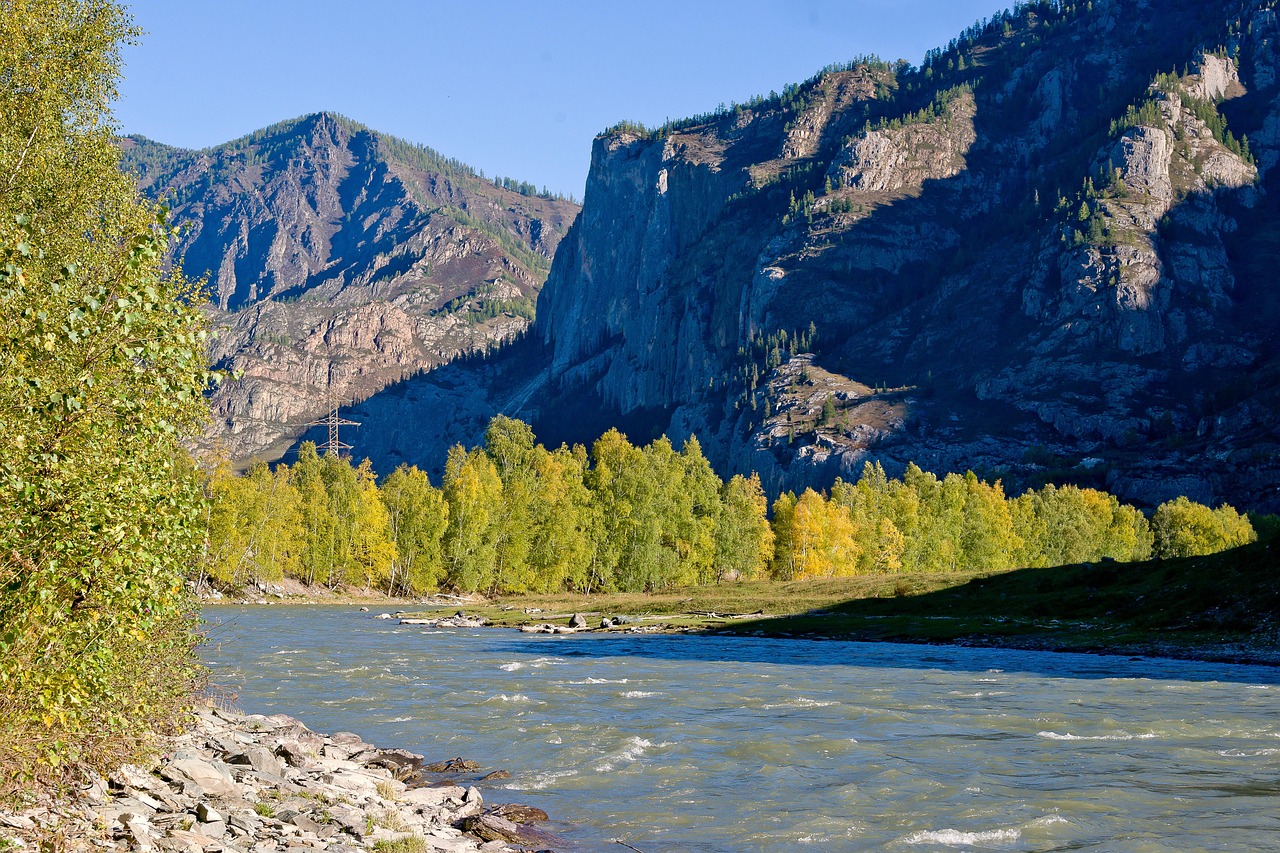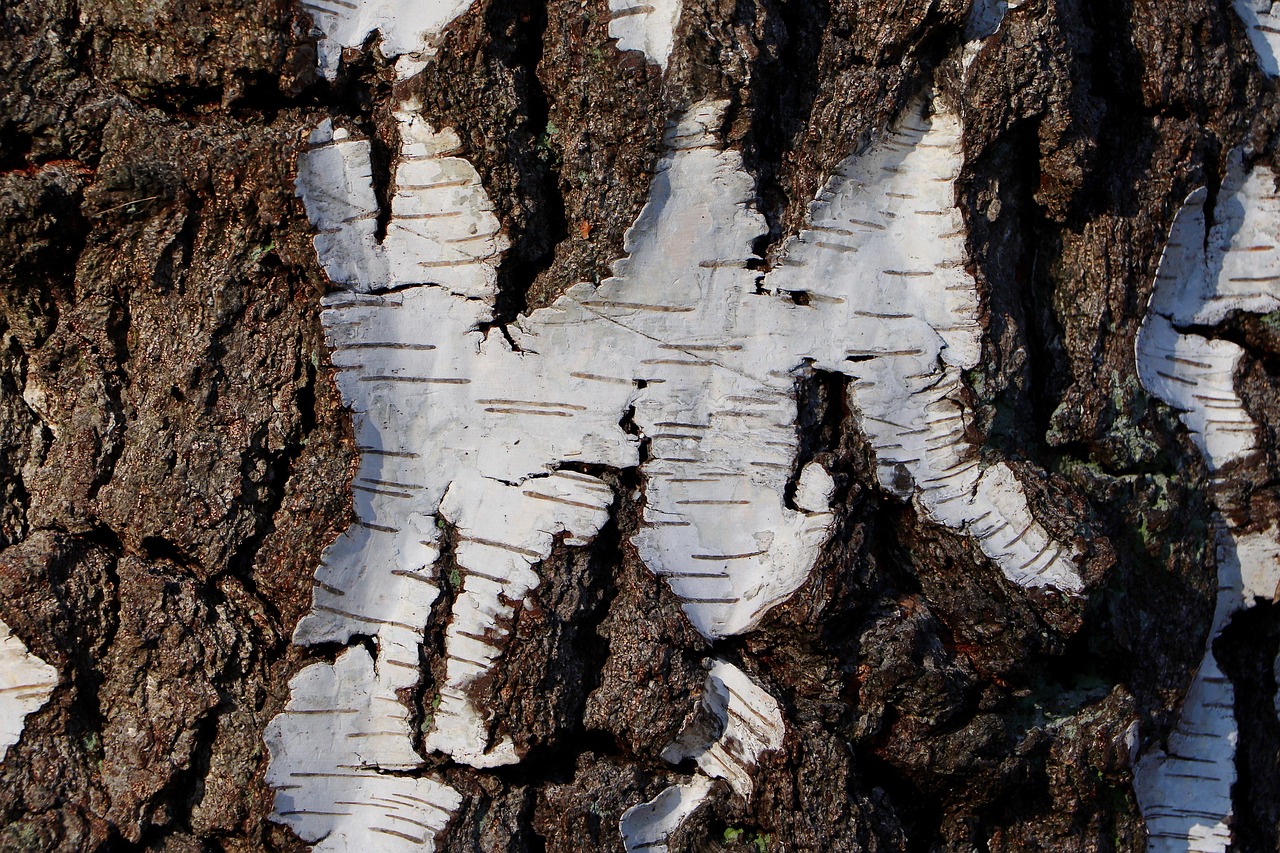The River Birch tree grows moderately fast, typically reaching heights of 40 to 70 feet. In wet soil areas, its growth rate can be enhanced, often adding 24 to 36 inches in height annually under optimal conditions.
The River Birch (Betula nigra) is a popular deciduous tree known for its striking appearance and adaptability. This tree is particularly valued for its unique, peeling bark, which reveals a rich cinnamon color underneath. River Birch thrives in a variety of soil types, but it particularly excels in moist, well-drained soils. Its ability to tolerate wet conditions makes it an excellent choice for landscaping in areas prone to flooding or heavy rainfall.

Understanding the growth rate of the River Birch in wet soil areas is essential for gardeners and landscapers. A tree’s growth rate can depend on several factors, including soil moisture, nutrient availability, and environmental conditions. In optimal wet soil environments, River Birch trees can flourish, showcasing their rapid growth and lush foliage.
Growth Rate Characteristics
When discussing the growth rate of the River Birch, several key characteristics come into play. The following table outlines these characteristics and provides insight into their significance:
| Characteristic | Details |
|---|---|
| Average Height | 40 to 70 feet |
| Growth Rate | 24 to 36 inches per year |
| Soil Preference | Moist, well-drained soils |
| Sunlight Requirement | Full sun to partial shade |
| USDA Hardiness Zones | Zones 4 to 9 |
The River Birch’s growth rate can vary significantly based on its growing conditions. In wet soil areas, the tree is less stressed and can access more nutrients and water. This leads to increased photosynthesis and more robust growth compared to drier conditions where the tree may struggle.

One reason for the River Birch’s popularity is its resilience. It can adapt well to a range of environmental conditions. In wet soil areas, it not only thrives but also contributes positively to the ecosystem. The tree provides shade, improves air quality, and supports wildlife by offering habitat and food sources.
Factors Influencing Growth Rate
Several environmental factors influence the growth rate of River Birch trees in wet soil conditions:
- Soil Quality: Rich, loamy soils with good organic content support faster growth.
- Water Availability: Consistent moisture allows roots to absorb nutrients effectively.
- Nutrient Levels: Adequate nitrogen and other essential nutrients promote healthy foliage and growth.
- Sunlight Exposure: These trees prefer full sun. Sufficient light enhances photosynthesis.
- Space: Ample room for root expansion helps the tree access more nutrients and water.
The adaptability of the River Birch makes it an excellent candidate for various landscape designs. Many homeowners choose it for rain gardens or as a border tree along streams and ponds. Its fast growth rate allows for quick establishment and immediate impact in garden settings.

In addition to its aesthetic appeal, the River Birch supports biodiversity. Its leaves provide food for various insects, which in turn attract birds and other wildlife. This interconnectedness underscores the importance of selecting appropriate tree species for specific environmental conditions.
Caring for River Birch in Wet Soils
Caring for River Birch trees in wet soil areas involves several important practices:
- Mulching: Adding organic mulch helps retain moisture while suppressing weeds.
- Fertilization: A balanced fertilizer can be applied in early spring to promote growth.
- Pruning: Regular pruning helps maintain shape and encourages healthy branching.
- Pest Management: Monitor for pests like aphids or borers that can affect growth.
- Disease Prevention: Ensure good air circulation around the tree to prevent fungal diseases.
By understanding the growth rate and environmental needs of the River Birch, gardeners can ensure healthy development. With proper care, this tree will thrive in wet soil areas, providing beauty and benefits for years to come.
Environmental Benefits of River Birch
The River Birch tree offers numerous environmental benefits, especially in wet soil areas. Its ability to thrive in such conditions not only enhances its growth rate but also contributes positively to the surrounding ecosystem. Below are some key environmental advantages of planting River Birch trees.

- Flood Mitigation: River Birch trees can absorb excess water during heavy rains. Their root systems help stabilize soil, reducing erosion and preventing flooding.
- Wildlife Habitat: These trees provide shelter and food for various wildlife species, including birds, insects, and small mammals.
- Air Quality Improvement: Like many trees, River Birch helps improve air quality by absorbing carbon dioxide and releasing oxygen.
- Soil Health Enhancement: The organic matter from fallen leaves enriches the soil, promoting biodiversity and improving soil structure.
- Shade Provision: River Birch trees offer shade, which can help cool surrounding areas and reduce energy costs for nearby buildings.
Common Pests and Diseases
While River Birch trees are generally hardy, they can be susceptible to certain pests and diseases. Proper monitoring and management practices are essential for maintaining their health. Here are some common pests and diseases to watch for:
| Pest/Disease | Description | Management Strategies |
|---|---|---|
| Aphids | Small insects that feed on sap, potentially causing leaf curling. | Use insecticidal soap or neem oil as a treatment. |
| Birch Borer | A beetle that bores into the trunk, leading to decline. | Regularly inspect trees and promote healthy growth to prevent infestations. |
| Leaf Spot | A fungal disease causing brown spots on leaves. | Improve air circulation and remove infected leaves promptly. |
| Powdery Mildew | A fungal disease that appears as a white coating on leaves. | Ensure adequate sunlight and avoid overhead watering. |
| Rusts | Fungal infections that can cause leaf discoloration and drop. | Fungicides may help manage severe cases; proper sanitation is key. |
By being proactive about pest and disease management, gardeners can help ensure that their River Birch trees remain healthy and vibrant. Regular inspections, combined with timely treatments, are essential components of effective tree care.
Planting River Birch Trees
When planting River Birch trees in wet soil areas, certain steps can enhance their chances for successful growth. Here are some recommended practices:
- Selecting the Right Location: Choose a site with adequate sunlight and good drainage to encourage healthy root development.
- Preparing the Soil: Amend the planting hole with organic matter to improve soil texture and nutrient content.
- Spacing: Allow enough space between trees for air circulation and future growth. A distance of 20 to 30 feet is recommended for mature trees.
- Watering: Water the newly planted tree thoroughly to help establish roots. Maintain consistent moisture, especially during the first growing season.
- Mulching: Apply a layer of mulch around the base to conserve moisture and suppress weeds.
The right planting techniques will set the foundation for robust growth. As River Birch trees mature, they will provide shade, beauty, and ecological benefits to the surrounding environment.
Cultural Significance of River Birch
The River Birch is not only valued for its ecological benefits but also has cultural significance in many regions. This tree is often used in landscaping design for its aesthetic appeal. Here are some aspects of its cultural importance:
- Aesthetic Appeal: The unique bark and graceful form make it a popular choice for ornamental planting in yards and parks.
- Cultural Symbolism: In some Native American cultures, birch trees symbolize resilience and adaptability due to their hardiness in various environments.
- Erosion Control: Historically, communities have utilized birch trees for soil stabilization along riverbanks and slopes.
- Crafts and Uses: The bark of the birch tree has been used in traditional crafts, including basket weaving and shelter construction.
The River Birch continues to play a vital role in both ecological health and cultural heritage. Its multifaceted contributions enrich our landscapes and foster a deeper connection with nature.
Optimal Growing Conditions for River Birch
To achieve the best growth rate and overall health of River Birch trees in wet soil areas, understanding their optimal growing conditions is crucial. These trees thrive in specific environmental settings that support their rapid growth and resilience.
Soil Conditions
The River Birch prefers moist, well-drained soils. However, they can tolerate a range of soil types, including sandy and clay soils. Here are some specifics regarding soil conditions:
- pH Level: River Birch trees perform best in slightly acidic to neutral soils with a pH between 5.0 and 7.0.
- Organic Matter: Incorporating organic matter into the soil can improve its structure and provide essential nutrients.
- Drainage: While they enjoy moisture, good drainage is vital to prevent root rot. Raised beds may be beneficial in areas with heavy clay soil.
Climate Preferences
The climate plays a significant role in the success of River Birch trees. Here are the key climatic factors to consider:
- Temperature Range: These trees are hardy in USDA Zones 4 to 9, tolerating temperatures as low as -30°F (-34°C).
- Humidity: River Birch thrives in humid environments, often found near water sources like rivers and ponds.
- Sunlight: Full sun to partial shade is ideal. A minimum of six hours of direct sunlight is recommended for optimal growth.
Watering Requirements
Water management is essential for the healthy growth of River Birch trees, particularly in wet soil areas. Here are some watering guidelines:
- New Plantings: Newly planted trees require regular watering to establish roots. Water deeply once or twice a week, depending on rainfall.
- Mature Trees: Established River Birch generally requires less frequent watering but should still receive supplemental water during prolonged dry spells.
- Monitoring Moisture: Use a moisture meter or examine the soil several inches below the surface. If it feels dry at this depth, it is time to water.
Mulching Techniques
Applying mulch around the base of River Birch trees provides several benefits. Here are some effective mulching techniques:
- Mulch Type: Organic mulches like wood chips, bark, or straw can improve soil quality as they decompose.
- Thickness: Apply a 2 to 4-inch layer of mulch, ensuring it does not touch the tree’s trunk to avoid rot.
- Weed Control: Mulch helps suppress weeds that compete for nutrients and water, allowing the River Birch to thrive.
Pruning for Health and Growth
Regular pruning is essential for maintaining the health and shape of River Birch trees. Proper pruning techniques can encourage better growth and reduce disease risks. Here are some guidelines:
- Timing: Prune during late winter or early spring before new growth begins.
- Tools: Use sharp, clean pruning shears to make clean cuts and minimize damage to the tree.
- Aim for Structure: Remove any dead, damaged, or crossing branches to promote airflow and light penetration.
- Shape Maintenance: Aim for an open canopy structure that allows sunlight to reach all parts of the tree.
Common Uses of River Birch in Landscaping
The River Birch is favored in landscaping for its versatility and aesthetic appeal. Here are some common uses in garden design:
- Specimen Tree: Its unique bark and shape make it an excellent focal point in gardens and parks.
- Shade Tree: Provides ample shade, making it ideal for outdoor seating areas or playgrounds.
- Biodiversity Enhancement: Planting River Birch supports local wildlife by providing habitat and food sources.
- Erosion Control Planting: Effective for stabilizing soil along riverbanks or slopes to prevent erosion.
The River Birch’s adaptability and attractive characteristics make it a popular choice among landscape designers and homeowners alike. By incorporating these trees into various settings, they enhance both ecological balance and aesthetic value in outdoor spaces.
Potential Challenges in Cultivation
Despite their many benefits, there can be challenges when cultivating River Birch trees. Awareness of these issues can help ensure healthy growth:
- Pest Infestations: As previously mentioned, pests like aphids and birch borers can impact tree health if not managed effectively.
- Disease Susceptibility: Fungal diseases such as leaf spot can emerge in damp conditions; maintaining good air circulation is key.
- Environmental Stress: Extreme drought or flooding conditions can stress the tree, leading to poor health or mortality if not addressed promptly.
Cultivating River Birch trees successfully requires attention to these potential challenges while also embracing their numerous advantages. With proper care and understanding of their needs, these trees can thrive beautifully in wet soil areas.
Additional Benefits of River Birch in Urban Settings
River Birch trees are increasingly popular in urban landscaping due to their adaptability and numerous benefits. In addition to their ecological contributions, they provide several advantages for city environments:
- Air Quality Improvement: Urban areas often struggle with air pollution. River Birch trees can help filter pollutants and improve overall air quality by absorbing carbon dioxide and releasing oxygen.
- Noise Reduction: Trees, including River Birch, act as natural sound barriers. They can help reduce noise pollution in busy urban areas, creating a more peaceful environment.
- Temperature Regulation: The shade provided by River Birch trees can help cool surrounding areas, contributing to the urban heat island effect mitigation. This can lead to lower energy costs for nearby buildings.
- Stormwater Management: By planting River Birch, cities can enhance their stormwater management strategies. Their root systems absorb excess rainwater, reducing runoff and the risk of flooding.
Considerations for Planting in Wet Soil Areas
While River Birch trees are well-suited for wet soil areas, there are still important considerations to keep in mind when planting them:
- Spacing: When planting multiple trees, it is crucial to space them adequately to allow for their mature size. This prevents overcrowding, which can lead to competition for resources.
- Companion Planting: Consider pairing River Birch with other moisture-loving plants that thrive in similar conditions. This can create a diverse ecosystem and improve overall garden health.
- Monitoring Growth: Regularly check the growth rate and health of your River Birch trees. Early detection of issues can save time and resources in management.
- Seasonal Care: Adjust care routines with the changing seasons. In winter, protect young trees from harsh cold with mulch or protective wrapping.
Final Thoughts
The River Birch tree stands out as an exceptional choice for both ecological and aesthetic purposes, particularly in wet soil areas. Its remarkable growth rate, coupled with its ability to thrive in challenging conditions, makes it a versatile addition to any landscape. By understanding the tree’s specific needs and potential challenges, gardeners can cultivate healthy, vibrant River Birch trees that enhance their surroundings.
As cities continue to grow and face environmental challenges, incorporating trees like the River Birch into urban planning becomes increasingly vital. These trees not only provide beauty and shade but also contribute significantly to improving air quality, managing stormwater, and supporting local wildlife.
In conclusion, investing time and effort into cultivating River Birch can yield significant rewards for both individual gardens and broader ecosystems. With proper care and attention, these trees will thrive, providing lasting benefits for generations to come. Whether planted in residential yards or public parks, the River Birch holds a valuable place in promoting a healthier and more sustainable environment.
